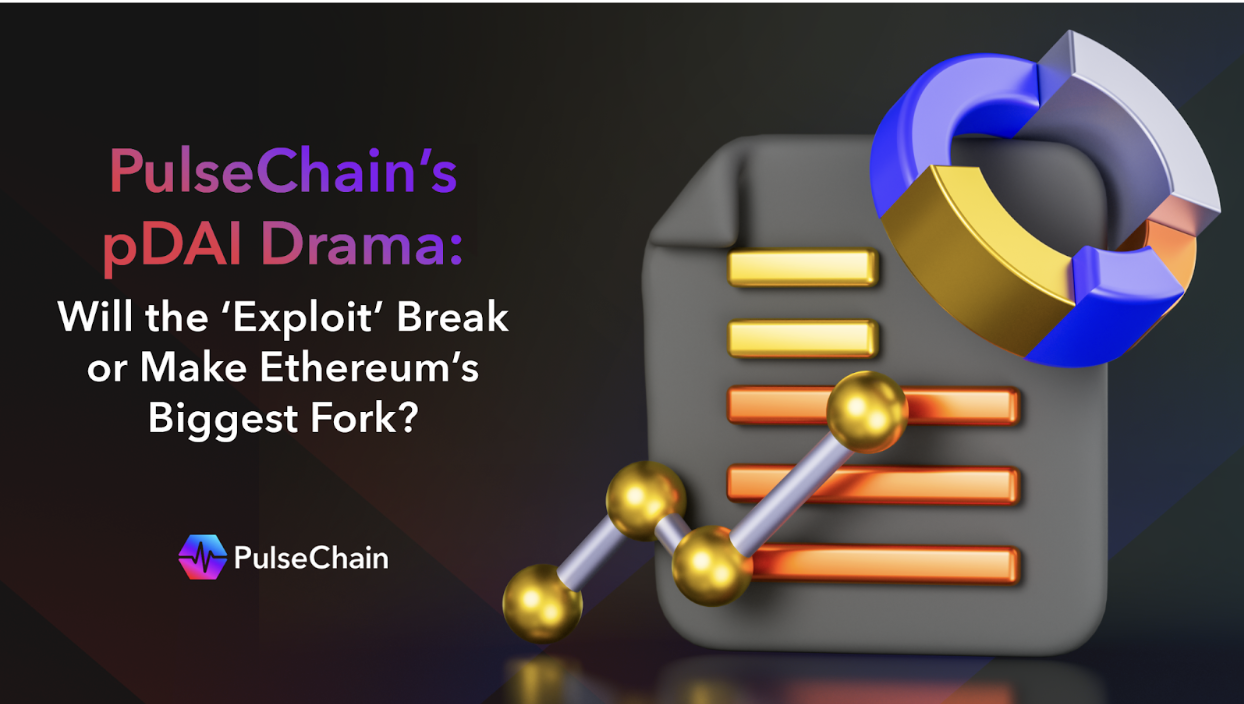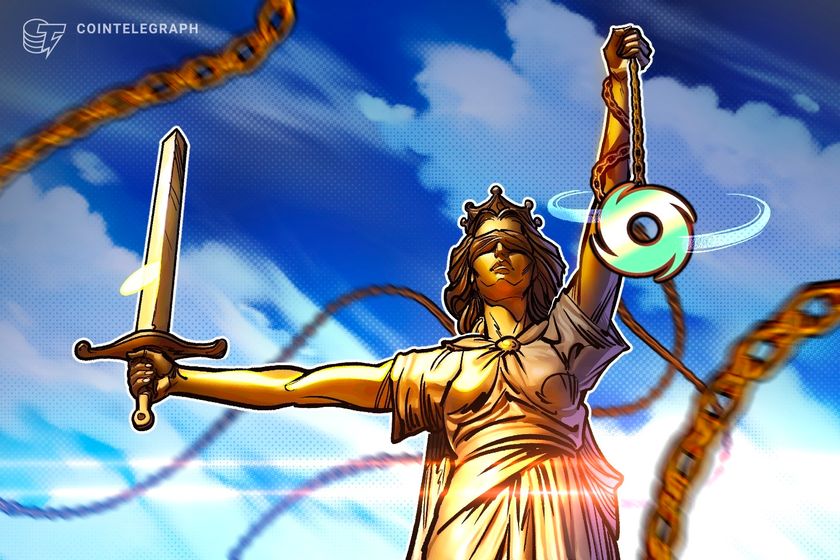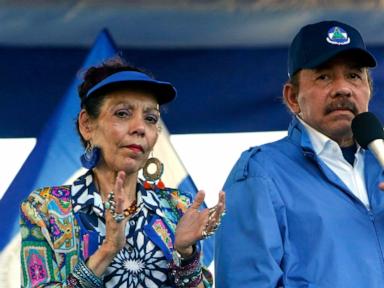ARTICLE AD BOX

PulseChain, Ethereum’s Layer 1 fork, has been generating significant buzz for its promise of fast speeds, low gas fees, and ambitious goals of transforming the blockchain landscape. However, it now finds itself at the center of a controversy that could make or break its future. Richard Heart, PulseChain’s founder, has publicly accused MakerDAO’s system, which governs PulseChain’s version of the stablecoin pDAI, of being exploitable. As the community scrambles to restore pDAI’s peg, the unfolding drama has cast a shadow over PulseChain’s lofty ambitions.
PulseChain launched with a bold vision to offer Ethereum users an alternative that solved many of the issues plaguing Ethereum, such as high fees and scalability problems. The project’s massive airdrop, which mirrored every ERC-20 token on Ethereum, was one of the largest in blockchain history, providing users with free versions of their Ethereum assets. With lightning-fast transaction speeds and drastically reduced costs, PulseChain quickly gained popularity among DeFi developers and users seeking a more efficient blockchain.
However, the controversy surrounding pDAI has captured the attention of the broader crypto community. Richard Heart’s allegations of an exploit within MakerDAO, which oversees pDAI, have raised significant concerns. While some speculate that Heart’s comments are a strategic move to distance PulseChain from the issue, others fear that the instability of pDAI could further damage the reputation of PulseChain and disrupt its growing DeFi ecosystem.
Despite these challenges, PulseChain’s decentralized community has remained determined. Developers and community members are actively working together to restore pDAI’s peg, and early signs indicate that liquidity is starting to return to PulseChain’s ecosystem. However, questions remain regarding the long-term stability and sustainability of pDAI within the broader DeFi space.
In many ways, PulseChain’s situation mirrors the early days of Solana, another blockchain that faced significant hurdles but eventually rebounded stronger than ever. Is this crisis PulseChain’s turning point? Will the community rise to the challenge and stabilize pDAI, or is PulseChain headed for a more uncertain future?
As PulseChain’s story continues to unfold, the resolution of the pDAI issue will likely be a critical factor in determining the project’s trajectory. Whether this drama becomes a breakthrough moment or a cautionary tale remains to be seen. One thing is clear: PulseChain’s future is anything but predictable.
About PulseChain
PulseChain is a Layer 1 blockchain built to provide fast transaction speeds, low fees, and full compatibility with Ethereum’s ecosystem. PulseChain replicates every ERC-20 token and NFT from Ethereum, allowing users to access their assets on a more efficient and cost-effective platform. With a focus on decentralized finance (DeFi) and blockchain scalability, PulseChain aims to provide a superior alternative to Ethereum, offering enhanced transaction speeds and reduced costs for developers and users alike.
Media Contact
Contact Person: John Roberts, Director
Website: https://pulsechain.com/
Company Email: john@abelpay.io
.png)
 3 hours ago
2
3 hours ago
2








 English (US)
English (US)